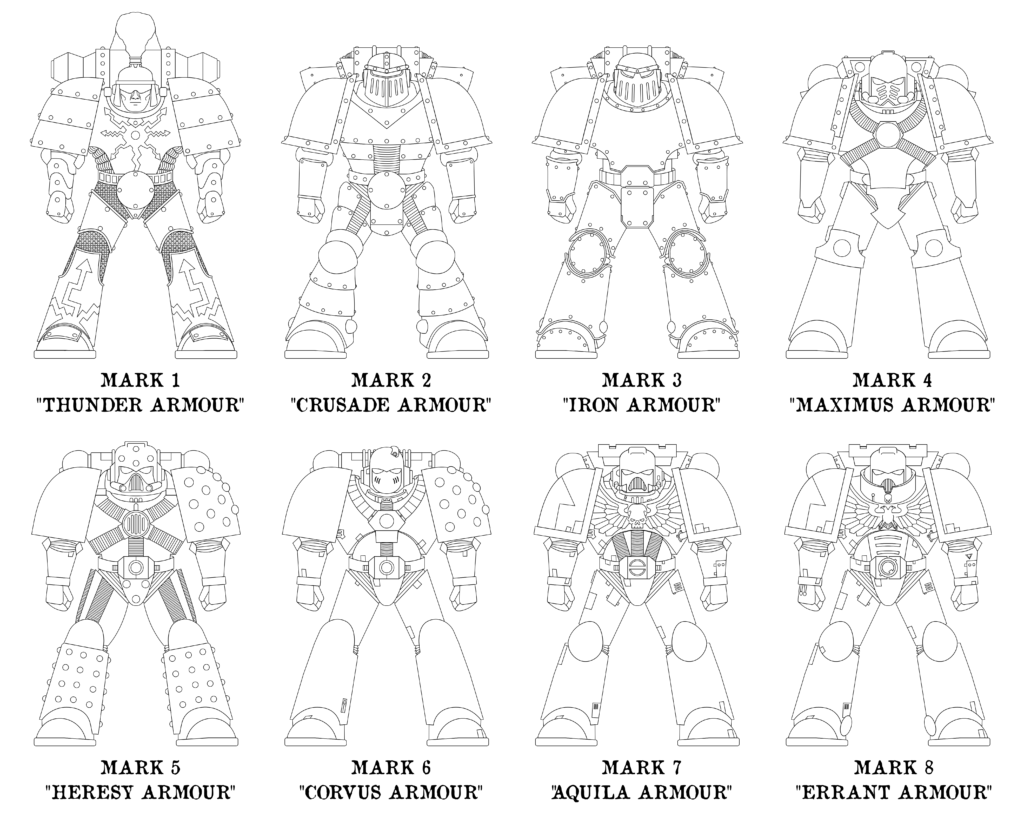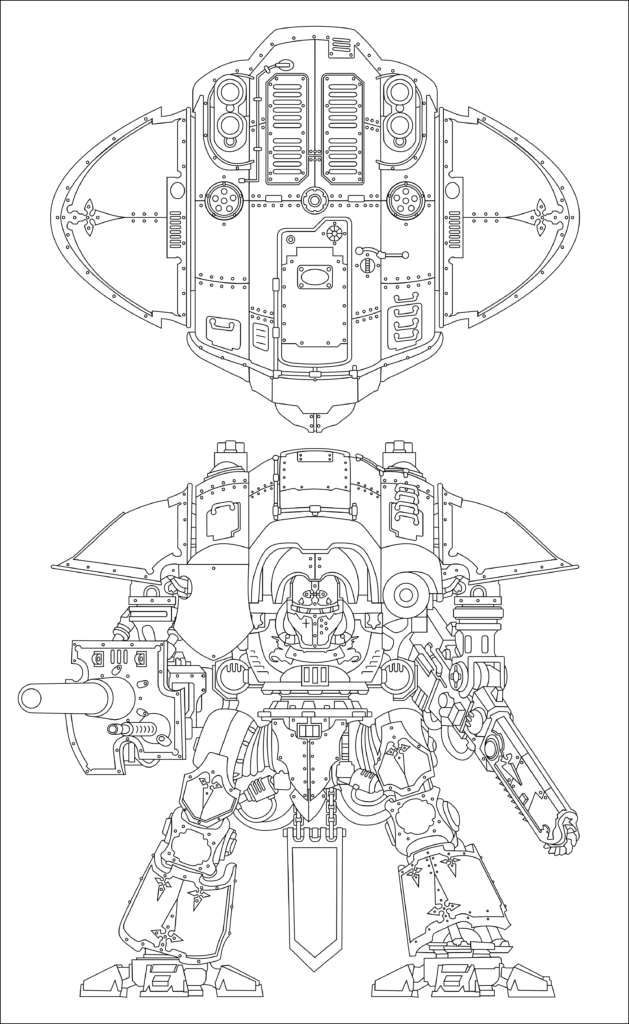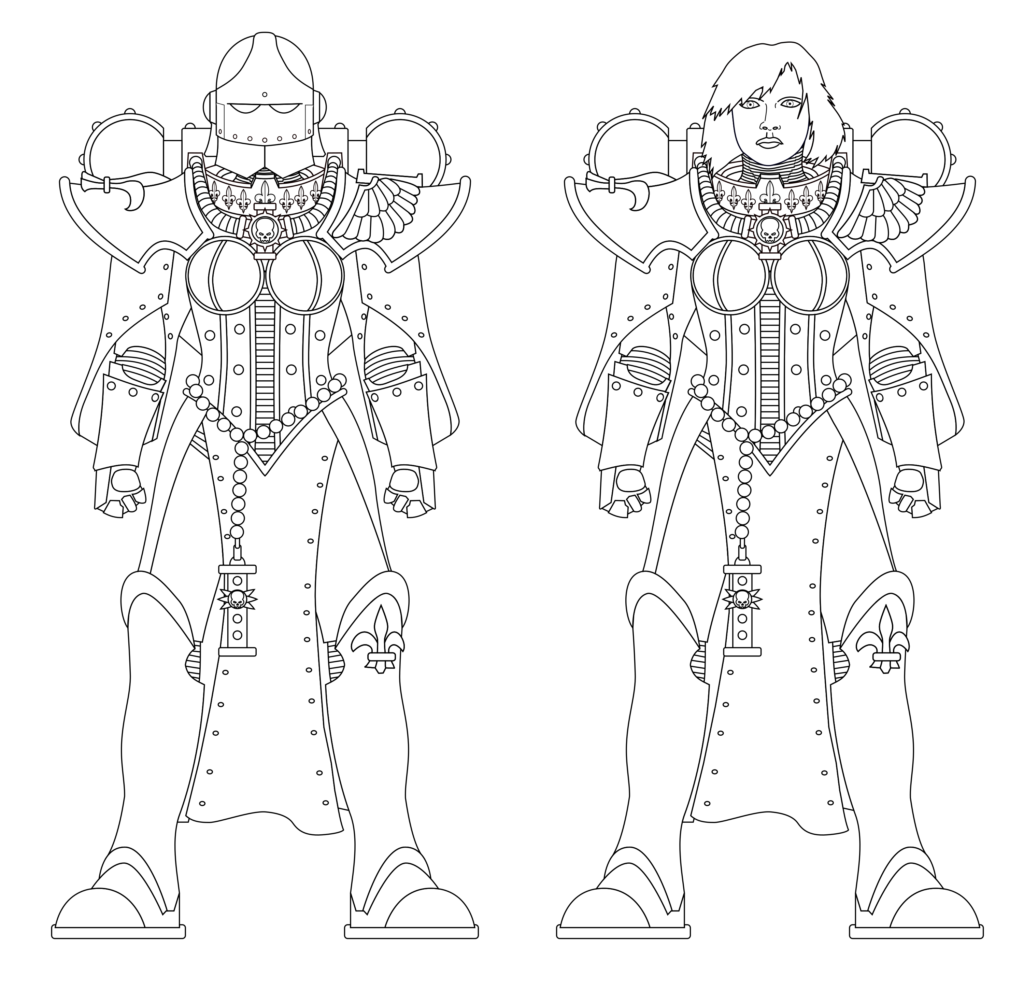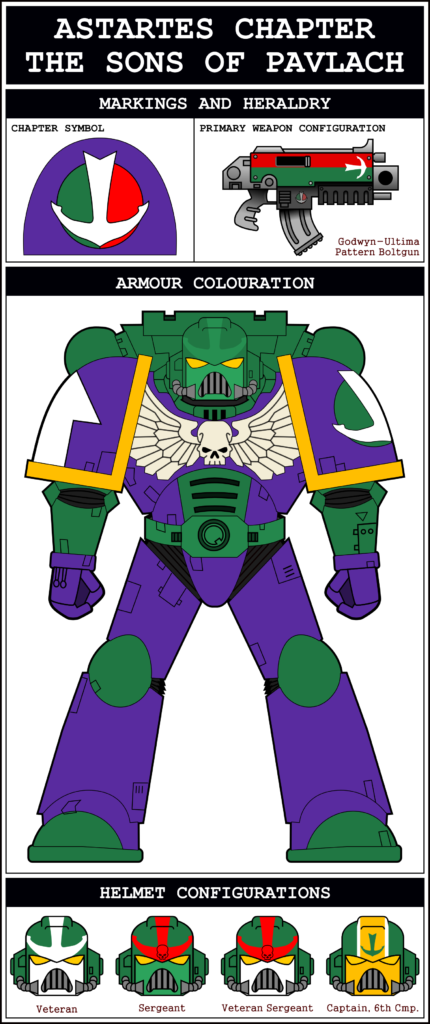Well, we made it. The horror year of 2020 is behind us, and we can now look forward to fresh, new horrors in this year of our lord 2021 (I suspect they will involve bees).
I broke my usual habit of going to bed early to express my contempt for a calendar that assigns the turn of the year to a completely arbitrary point, and stayed up ’til midnight – partially to make sure that 2020 actually ended, and partially because they were playing a repeat of the latest Red Dwarf special which I missed when it was on the other week. It was actually not bad, not as good as the original series of course, but a lot better than their last effort. Watching this one was fun, whereas Back to Earth was just painful.
Hang on, there’ve been three entire series between Back to Earth and The Promised Land?! And I was not informed!?
Anyway, not here to talk about that. Here to talk about the national anthem.
It was announced today that the line of Advance Australia Fair reading “For we are young and free” is being changed to “For we are one and free”. Doing something about this line has been on the left wing agenda (an agenda that – lest anyone get the wrong idea – I am fully in favour of) for the last few years, after it was pointed out that our nation is home to the oldest living culture on Earth, and hence any description of our country as ‘young’ is appallingly exclusionary to indigenous Australians. The replacement of ‘young’ with ‘one’ was suggested – or at least bought to the attention of the mainstream – by Gladys Berejiklian last year, and here we suddenly are.
(The fact that the change was publicised by an embattled Liberal – which is to say conservative, Australian politics can be very confusing – state Premier probably has a lot to do with Scumo’s mob of reactionary neocons actually doing something for Indigenous Australians. Can you imagine them changing the national anthem at the behest of Dan Andrews?)
My feelings on this change are mildly mixed. I fully support changing the word, but I’m not super keen on the way the new line scans. That said however I have for many years been firmly of the opinion that Advance Australia Fair is a terrible song anyway, so screwing up a single line is a small price to pay to address – no matter how minutely – some historical injustices.
So, why is Advance Australia Fair such an awful song? Well, to start with the tune is a goddamn dirge. Get a military band with trumpets and things to play it and it can sound somewhat regal, but it hardly lends itself to spontaneous outbreaks of national pride. As a song for the common citizen to whip out at, say, a sporting event, it’s a complete non-starter. It’s slow, it’s dull, and attempting to speed it up to give it a bit of kick just makes it sound like the theme to The Beverly Hillbillies.
Then we come to the lyrics. They were written in 1878 by Peter Dodds McCormick who wrote under the pen name “Amicus”, which probably tells you 90% of what you need to know about him. The original words as written by this faithful son of the Empire are notable for being composed in the second-rate faux-classical mode so beloved by Victorians with literary pretensions, and are very, very, very pro-British, pro-Empire and anti-anyone or anything else…
Australia’s sons, let us rejoice,
For we are young and free;
We’ve golden soil and wealth for toil,
Our home is girt by sea;
Our land abounds in nature’s gifts
Of beauty rich and rare;
In history’s page, let every stage
Advance Australia fair.
In joyful strains let us sing,
Advance, Australia fair.
When gallant Cook from Albion sail’d,
To trace wide oceans o’er,
True British courage bore him on,
Til he landed on our shore.
Then here he raised Old England’s flag,
The standard of the brave;
“With all her faults we love her still”
“Britannia rules the wave.”
In joyful strains then let us sing,
Advance, Australia fair.
While other nations of the globe
Behold us from afar,
We’ll rise to high renown and shine
Like our glorious southern star;
From England soil and Fatherland,
Scotia and Erin fair,
Let all combine with heart and hand
To advance Australia fair.
In joyful strains then let us sing
Advance, Australia fair.
Should foreign foe e’er sight our coast,
Or dare a foot to land,
We’ll rouse to arms like sires of yore,
To guard our native strand;
Britannia then shall surely know,
Though oceans roll between,
Her sons in fair Australia’s land
Still keep their courage green.
In joyful strains then let us sing
Advance Australia fair.
Out of four verses, three of them are all about how great Britain is, which is kind of weird for a song that claims to be about Australia. It’s riddled with pretentious ’tils and o’ers and e’ers and even with those it can’t manage to properly fit the words to the tune. There are half rhymes, far too many uses of “fair” – including an instance of rhyming “fair” with “fair” – and the inclusion of the word “girt”, which – while a fine word of noble pedigree – in a song sounds like the vocalist swallowed their tongue halfway through the line. The words are repetitive, lugubrious, and let’s not even get started on the overwrought syntax of the phrase “Advance Australia Fair” itself.
In 1901 the third verse was replaced with the following…
Beneath our radiant Southern Cross,
We’ll toil with hearts and hands;
To make our youthful Commonwealth,
Renowned of all the lands;
For loyal sons beyond the seas
We’ve boundless plains to share;
With courage let us all combine
To advance Australia fair.
In joyful strains then let us sing
Advance Australia fair!
Now this contains the one decent line in the entire song – Beneath our radiant Southern Cross. This line is so good in fact that it could lead one to presume that McCormick had nothing to do with the new verse, but he soon regains his stride by invoking “loyal sons” and jamming 15 syllables into 14 notes forcing the singer to break rhythm and gabble out “combine-to” in a desperate attempt to keep pace.
The song replaced God Save the Queen as our official national anthem in 1984 with the following revised set of two verses…
Australians all let us rejoice,
For we are young and free;
We’ve golden soil and wealth for toil;
Our home is girt by sea;
Our land abounds in nature’s gifts
Of beauty rich and rare;
In history’s page, let every stage
Advance Australia Fair.
In joyful strains then let us sing,
Advance Australia Fair.
Beneath our radiant Southern Cross
We’ll toil with hearts and hands;
To make this Commonwealth of ours
Renowned of all the lands;
For those who’ve come across the seas
We’ve boundless plains to share;
With courage let us all combine
To Advance Australia Fair.
In joyful strains then let us sing,
Advance Australia Fair.
Which, with the change from “young” to “one” in the second line, is the version sung today. McCormick’s “Australia’s sons” has been replaced with “Australians all” which is a bit awkward but fully justified (providing a precedent for trading scansion for inclusivity) and the pro-Empire “loyal sons beyond the seas” has been cleaned up. They still left “girt” in their though.
So, this is the anthem we are stuck with. Personally I’d prefer to salvage the line about the Southern Cross, throw the rest in the bin and then come up with some suitable versus fitted to the jaunty march bit of the Space Battleship Yamato theme, but that’s probably just me.
Happy new year!






